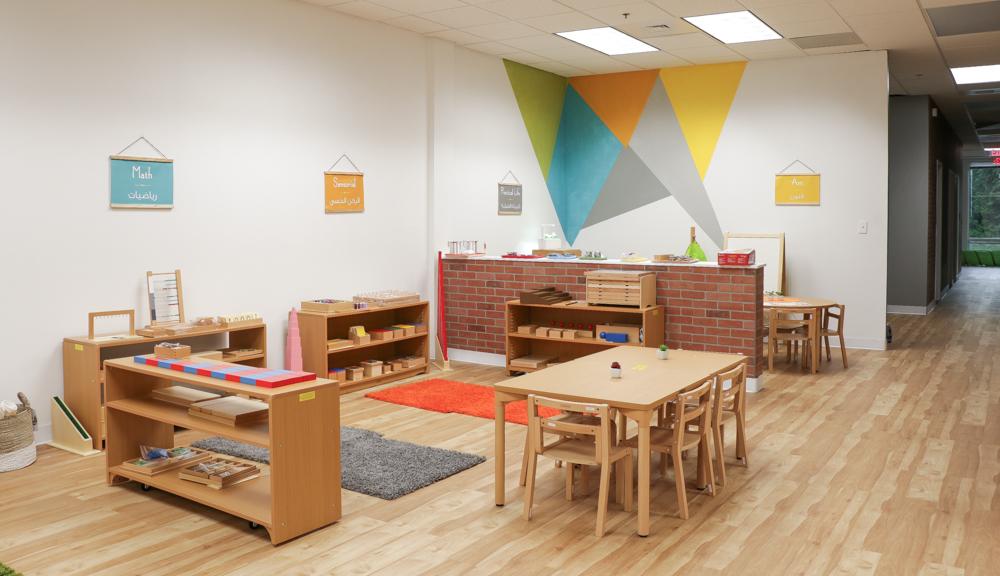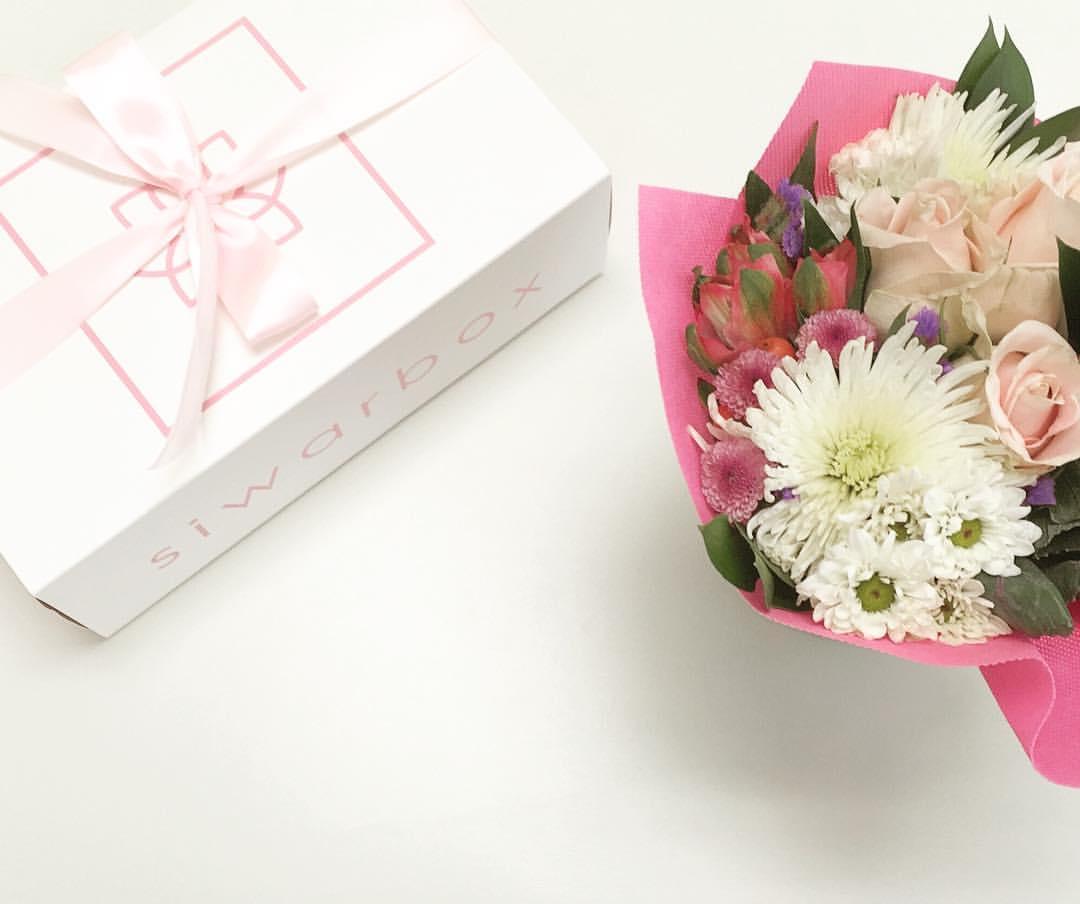Salam Aref was studying architecture at a five-year university program in Damascus, Syria, when the revolution began in 2011. The escalating civil unrest that shortly followed forced Salam to abandon her plans of completing her degree, a dream she wouldn’t complete until years later, halfway around the world, at the University of Maryland. Salam’s immigrant story is reminiscent of so many—despite having completed a large portion of her degree while in Syria, academic red tape required her to start from scratch upon arriving in the U.S. But Salam, which means “peace” in Arabic, is nothing if not determined. Now, in her final year pursuing her B.S. Architecture degree, she is planning for her future, which includes graduate school, developing the preschool she launched this year with her family and growing her fledgling company, a subscription box of global accessories with a social bent named Siwarbox. Below, Salam talks about her journey to the U.S., the harbinger of pink luggage and combining her passions to help women around the world, one box at a time.
How did your journey to the U.S. begin? I was born in Syria (but raised mainly in Kuwait by my parents). I returned to Damascus to study design and architecture, a passion I had discovered in primary school. I was in an intense five-year program; students started studio work right away freshman year. Then the revolution began and it was increasingly dangerous to live in Syria. It was difficult for me to cancel my admission and leave school. I went back to Kuwait, where my parents were, to regroup. At that point, I had met my husband (then fiancé), who is an American but born in Aleppo. I eventually joined him in the United States, excited to finally finish my degree only to find out that none of my credits would transfer from my university in Damascus. I had to start over.
Were you or your family apprehensive about you coming to the U.S.? When the revolution first began, my brother had left for the U.S. on a Fulbright scholarship to study in Ohio. I thought it would make sense for me to join him, so I applied to transfer to a university there and was accepted. I went out and bought this bright pink travel suitcase and was ready to go, only to find out it would be too costly. So, my pink luggage and I went home to Kuwait. My parents knew I wanted to go the U.S.; when my now-husband proposed, they were already accustomed to the idea and knew there was no stopping me; I mean, I had the luggage already!
Why UMD? It’s because of luck, to be honest. We lived in New Jersey at first and I took some electives—I couldn’t stay out of school. My husband was able to transfer to Maryland for work and I was lucky enough to come here. This time I was able to transfer my credits and didn’t have to start over yet again. It was just two years to get my bachelors of science degree.
A series of serendipitous events led you to design and open a preschool this past summer in Elkridge, Maryland, the first being the birth of your son two years ago. Yes! When Shaamel was born, we needed a good solution for him. Both of my parents are educators, and so my mom left everything in Kuwait and came here to take care of him. Shortly after she arrived, she started her education in Montessori school-- despite having her B.S. in Education—and began applying all the new techniques and approaches she was learning with Shaamel. He just blossomed—he’s very talkative, can read some simple words, and is counting. When we started seeing that development, we knew she had to start something. So, along with my mom, husband and brother, I opened a Montessori school in Elkridge in August, called Aya Montessori. Aya means “Role Model” in Arabic. It also means “to fly” in Hebrew. My architecture education really helped me transform the space that houses the school. I was responsible for the interior design, installing the flooring, created the graphic design elements, etc. When you finally get to apply what you’ve been studying for years it is thrilling (of course I had to stay within budget!). This project was my baby; I was so excited to do this.
What inspires you? I’ve always been passionate about living creatively. I’m influenced by a book called Big Magic by Elizabeth Gilbert; she’s amazing and has inspired me to just live life without thinking about so many consequences and without having the fear of failure.
I’m very interested in how architecture affects peoples’ lives. It’s something I am learning a lot about through my minor in art history as well, and that I saw firsthand developing the preschool—what makes people happy and comfortable. Every time someone comes into our school, and they look at the space and see how open and light it is, how inviting it is for little ones, I think they see how architecture can be impactful. I love looking at spaces; the play of light and shadow, the views, looking outside, the interaction of buildings with nature. That’s why I always get the window seats in studio at UMD. It helps inspire me every day.
You started a venture called Siwarbox this past year, which directly benefits women’s causes, starting with one in your home country. How did you get started? It all started when I was 12, living in Kuwait. I entered a web design competition and that really kick-started my passion for design work. When I first came to the U.S., when I was not in school, I was helping non-profits with their graphic designs to create a better image; they often don’t have the money to dedicate to that. I am also very passionate about my headscarf; it’s part of my identity and a symbol of my strength and femininity. I wanted to find a way to combine these passions—graphic design, my culture and my love of architecture and art history—and the box was created! I’ve been working on launching Siwarbox for over six months. We held a crowd-sourcing campaign in the spring that raised enough to launch the first box, which highlights the city of Damascus. I’m launching a Lahore, Pakistan, box next. This project holds a special meaning to me; I see it as an expression of love, art and a statement for united humanity, particularly in a time of division.
Boxes can be purchased one at a time, every three months or as a year subscription. Each box comes with a cashmere scarf that features a design indigenous to the region, a piece of jewelry and a beauty product from that country. It also holds a postcard highlighting a cultural site or architecture, complete with its history and meaning. Siwar means bracelet in Arabic and “to travel” in Ordu—it’s like you’re traveling to a different country every three months. Most importantly, 25% of the proceeds go to a different women’s cause, either internationally or locally.
What do you miss about Syria? I try not to think about Syria, except for how can I can help Syrians and, particularly, refugees. Our whole family is involved with volunteer work to help the Syrian refugees living in this area. There are quite a few in Baltimore. So many of them have been through so much trauma. I am from a very specific part of Syria where there is a pocket of the Circassian culture—I miss that. I miss the special Circassian dancing. I miss the old streets of Damascus, which I think got me interested in art history. It’s always good to study the past. But this is my home now—my son was born here. I don’t imagine going anywhere else.
What’s next? I’m going to go for my masters and hopefully Ph.D. I’d love to stay here for my masters because it’s an excellent school and I’m very comfortable here. The faculty at UMD are amazing; they have excellent experience and we are so lucky to be here. I hope someday to follow in their footsteps.



